
Want to Know If a Shrimp Is Farm-Raised or Wild-Caught?
Want to Know If a Shrimp Is Farm-Raised or Wild-Caught? Just Do This One Simple Thing – No More Worries About Being Fooled by Sellers
In fact, there’s a simple yet highly effective trick—just do one thing, and you’ll instantly know whether the shrimp is farm-raised or wild-caught!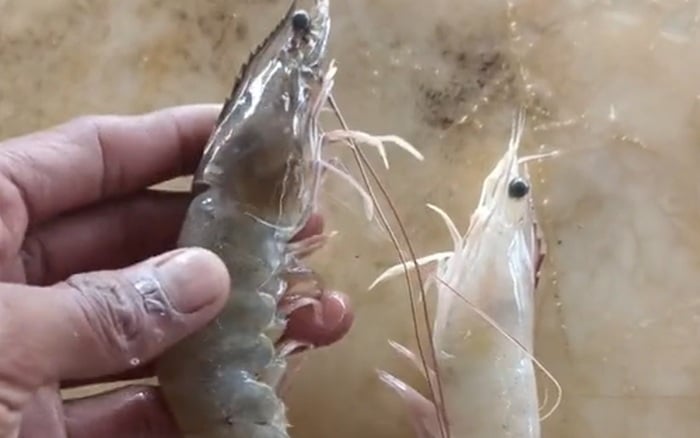
Shrimp is a familiar and nutritious seafood loved by many Vietnamese families. However, at markets or supermarkets, not everyone can distinguish between farm-raised and wild-caught shrimp—especially when the seller doesn’t clearly state its origin. The price difference is often significant, but without a sharp eye, it’s easy to be misled.
Do This One Thing: Check the Head and Legs Carefully
The easiest and most reliable way to tell if a shrimp is farmed or wild is by examining its head and legs. A close look can reveal its origin:
Wild-Caught Shrimp:
-
The head is firmly attached to the body, not easy to fall off.
-
Legs and claws are firm, with a brownish ivory color and a slight shine.
-
The body is slim and long, with a gently curved tail.
-
The shell is darker, and the shrimp gives off a natural briny or estuarine scent.
-
When gently squeezed, the flesh feels firm, springy, and resilient.
Farm-Raised Shrimp (especially those treated for fast growth):
-
The head falls off easily, sometimes detaching with just a light touch.
-
Legs are pale white or yellowish, and they peel off easily.
-
The body is plump and round but tends to be soft and mushy.
-
The shell is pale or greenish-white, often uneven in color.
-
May have a strong, unpleasant fishy odor, especially if poorly stored.
Tip:
When buying shrimp, gently squeeze the head. If it falls off easily or isn’t firmly attached to the body, be cautious—it’s likely farm-raised.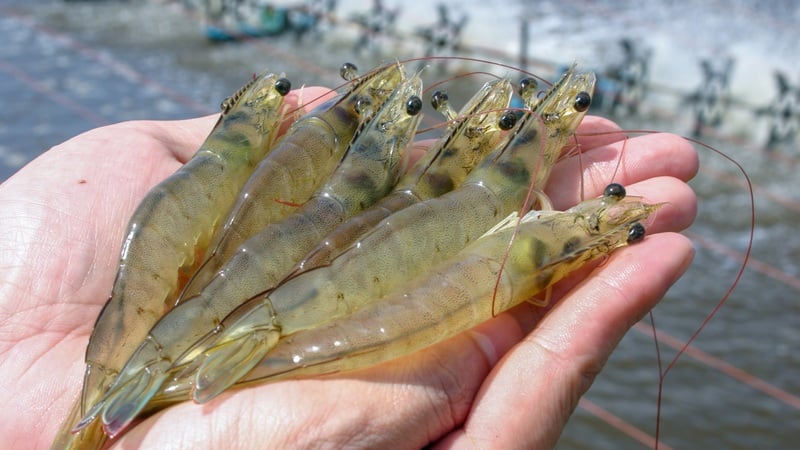
Why Does It Matter Whether Shrimp Is Farmed or Wild?
Wild-caught shrimp live in brackish or seawater environments, feeding on natural sources. Their meat is aromatic, firm, and nutrient-rich. However, they’re less abundant and usually more expensive.
Farm-raised shrimp are often grown industrially with growth-enhancing feed. The quality may vary, and there’s a risk of chemical exposure if raised improperly.
Knowing the difference helps you:
-
Avoid overpaying for low-quality shrimp.
-
Protect your family’s health.
-
Choose the right shrimp for your dish, e.g., wild shrimp for baby porridge, or firm, fragrant shrimp for salad (gỏi).
Extra Tips for Identifying Shrimp:
| Criteria | Wild-Caught Shrimp | Farm-Raised Shrimp |
|---|---|---|
| Smell | Mild, natural aroma | Strong fishy or odd smell |
| Head | Firmly attached | Easily falls off |
| Legs & Claws | Tight and intact | Fragile, easily peel off |
| Body | Long and firm | Round but soft |
| Shell Color | Dark and shiny | Pale and dull |
You don’t need to be a seafood expert to distinguish wild from farm-raised shrimp. Just remember to look carefully at the head and legs—that’s all it takes to choose the right shrimp with the right value.
Next time you go to the market, don’t hesitate to pick up a few shrimp and observe closely—you won’t be fooled again.
Bonus Tip – How to Choose Fresh Shrimp:
Beyond checking the origin, pick live or very fresh shrimp with shiny shells, clear eyes, and no strange smell. Avoid shrimp that are slimy, mushy, or discolored.
News in the same category

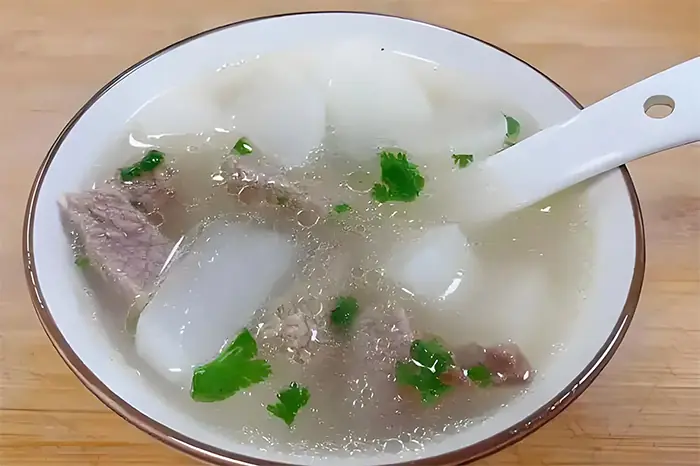
In Autumn, Eat These 3 Lu.ng-Nourishing Dishes Regularly to Prevent Cough and Thr.oat Irritation
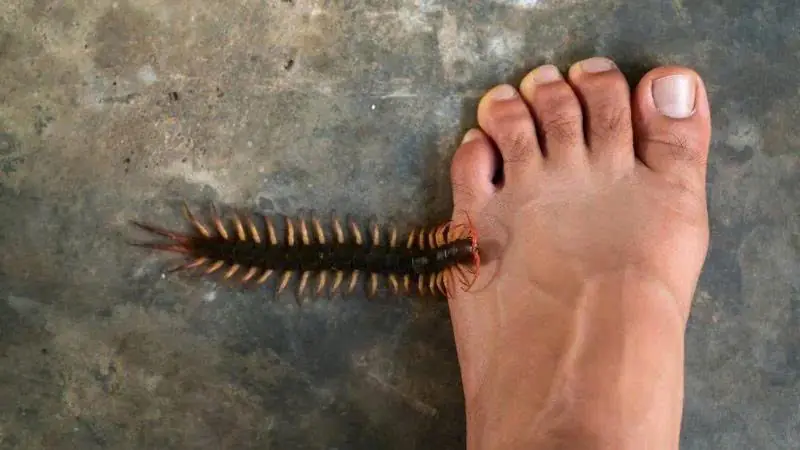
Reasons you should not ki.ll millipedes
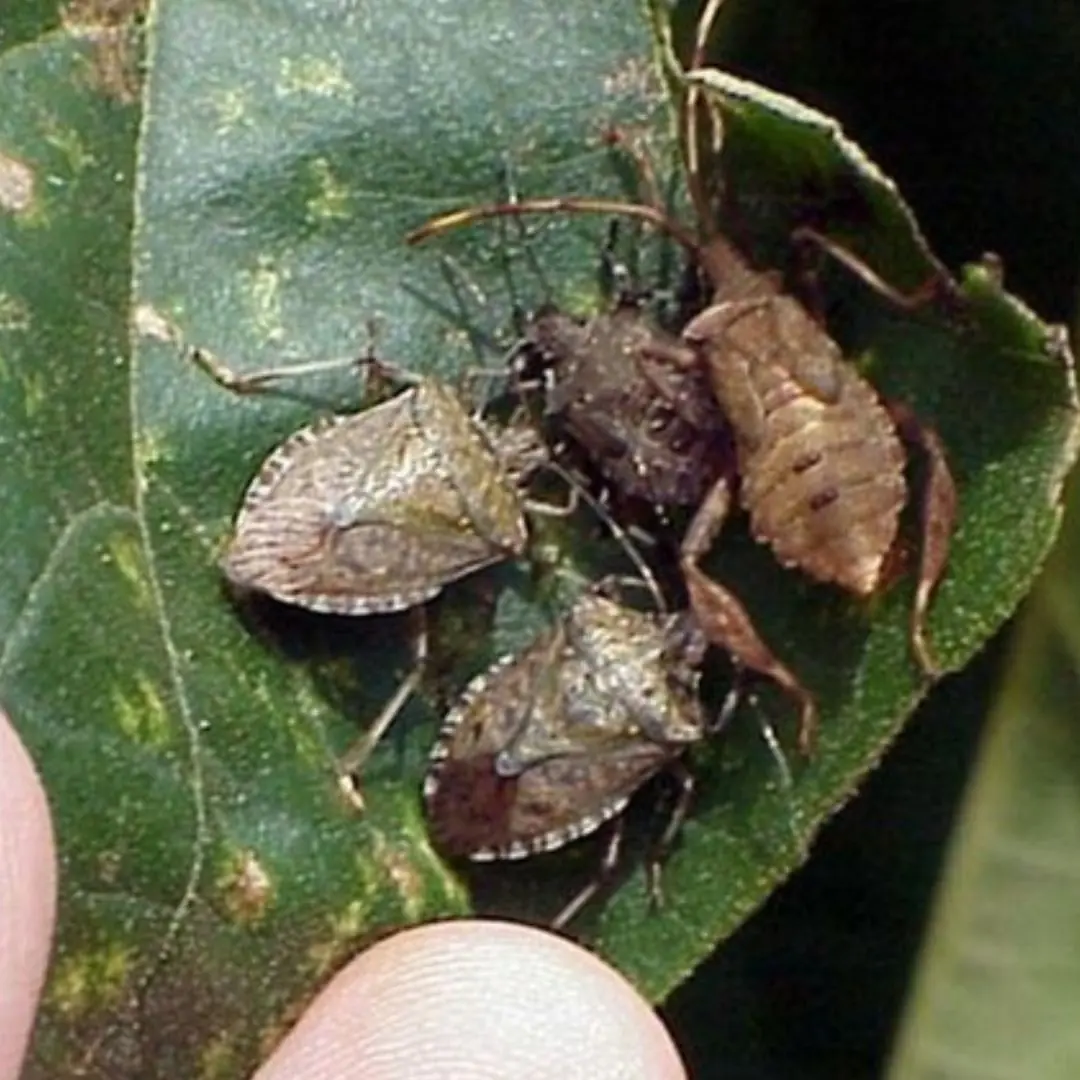
When A Brown Bug Like This Appears In Your Yard, Immediate Action Is Required

Tips for washing grapes to remove dirt and worm eggs, and to safely eat the skin
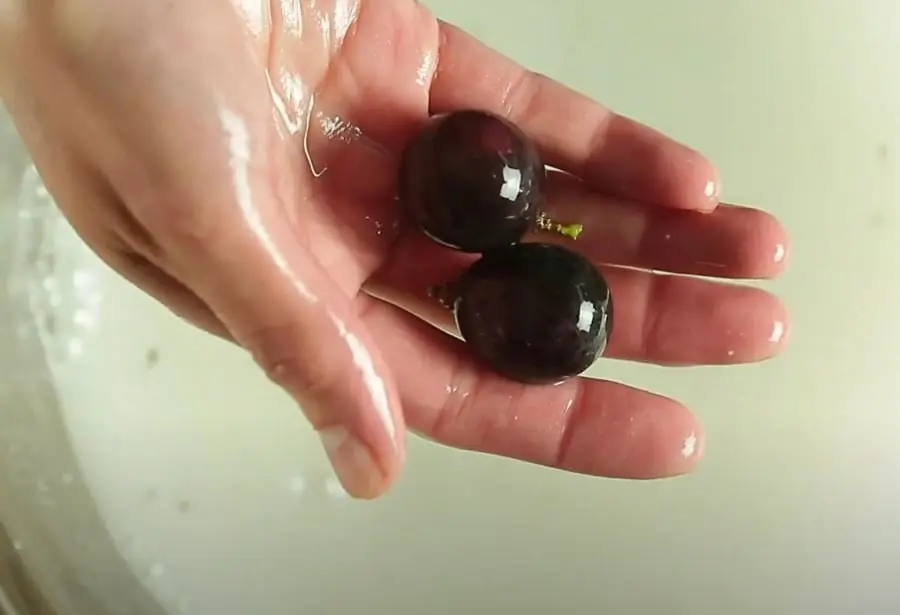
Don’t Eat Grapes Before You Know This Trick
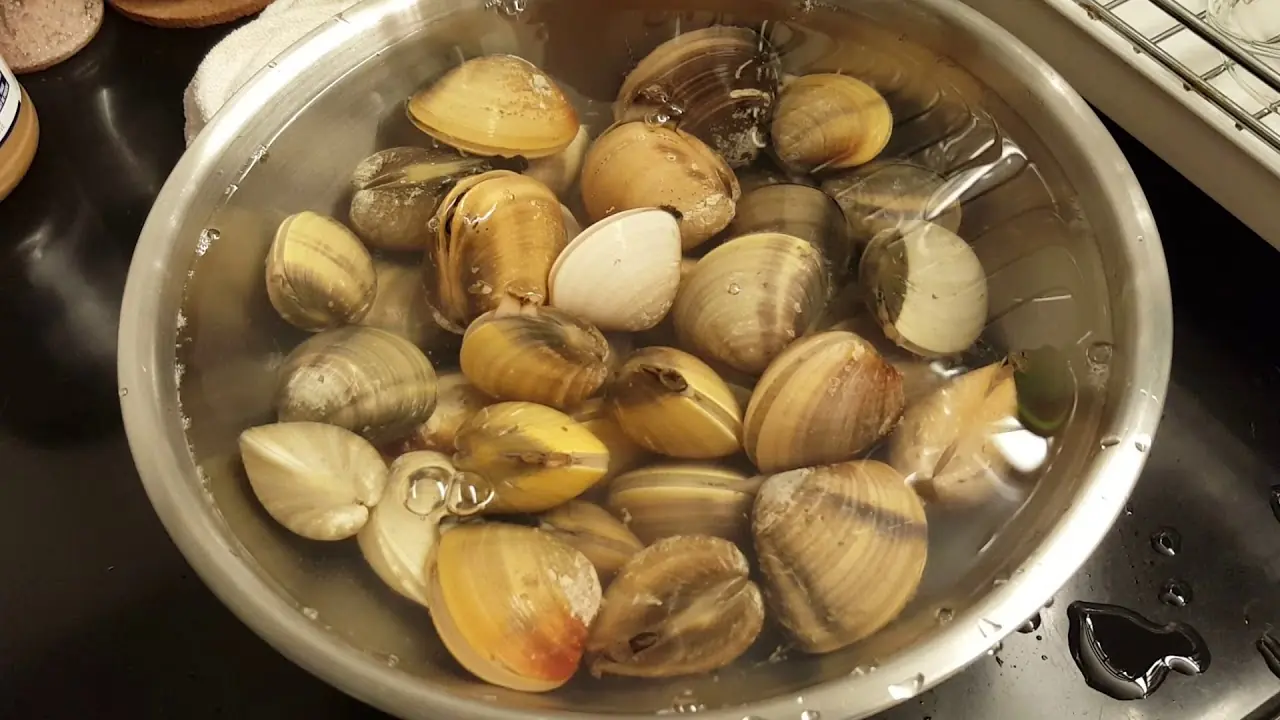
No Matter How You Wash Clams, There’s Still Grit Inside?
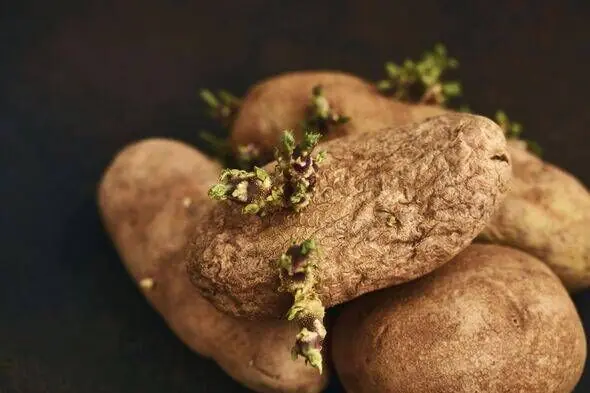
The Secret to Keeping Potatoes Fresh for 6 Months Thanks to a Surprising “Friend” in the Kitchen

Unusual moles might be more than just a skin quirk — they could be warning signs of cancer

Using the Air Conditioner and Fan at the Same Time? I Expected Higher Costs, but the Truth Surprised Me

Don’t Panic! Follow These Steps If a Bat Gets Into Your House

4 Dangerous Mistakes When Thawing Fish

10 tips to keep thieves away from your home

Mistake #5: Almost everyone makes it—but few actually notice
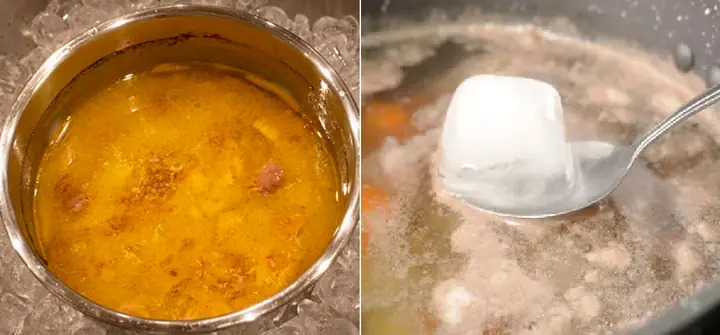
Tips to Skim Excess Fat from Greasy Soup
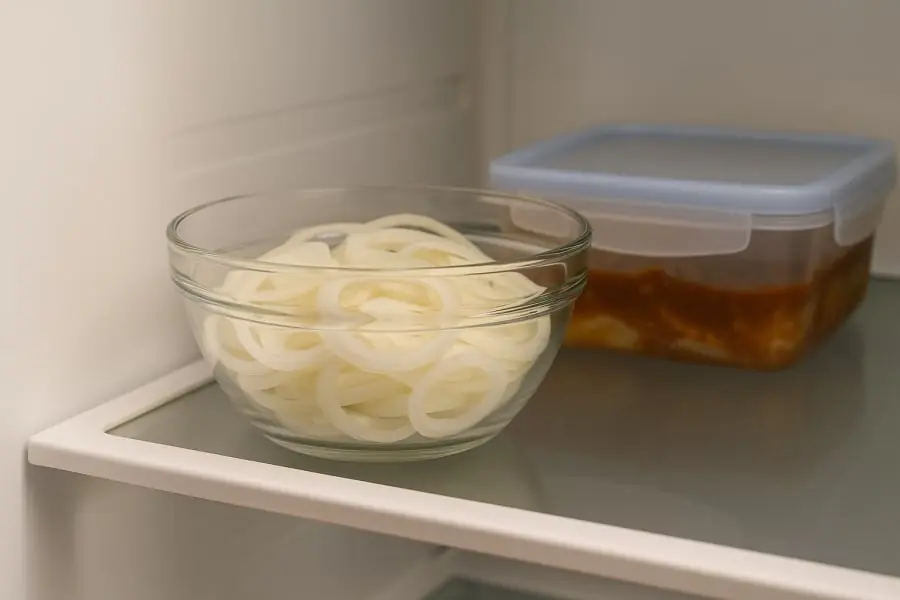
Onions Aren’t Just for Cooking: 5 Surprising Hacks

Tsunami and its warning signs, essential for those who often go to sea
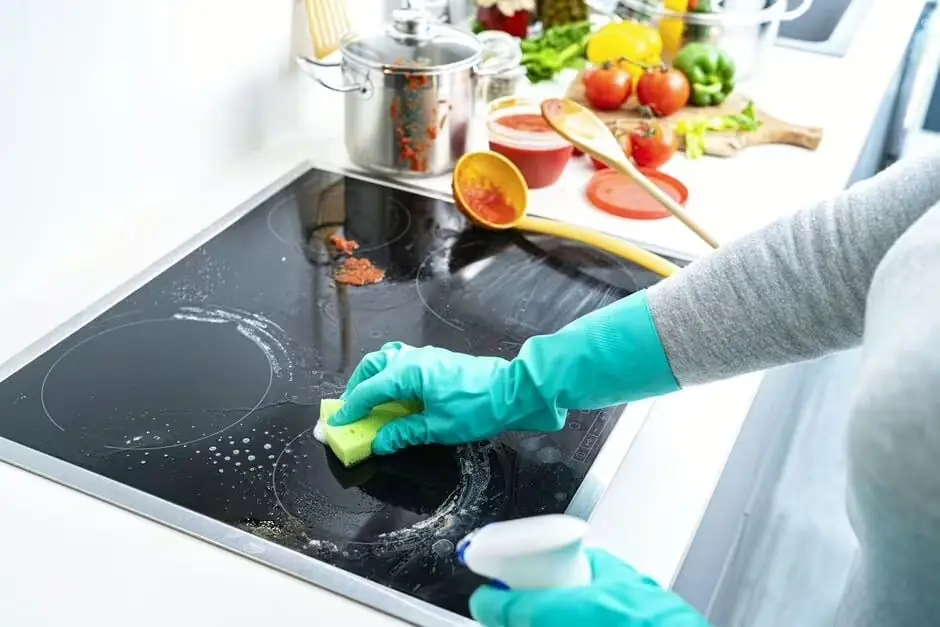
The secret to removing stubborn stains on glass stovetops without scratching the surface
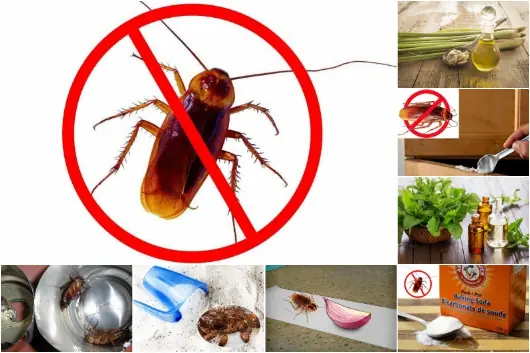
A Dirt-Cheap Kitchen Item Is the Ultimate Cockroach Kil.ler
News Post

How a baby aban.doned on a flight led to a new family and a new beginning

Why do Japanese people put towels on their heads when bathing in hot springs?

Waking up with bruises on your legs, a dangerous sign that you should not ignore
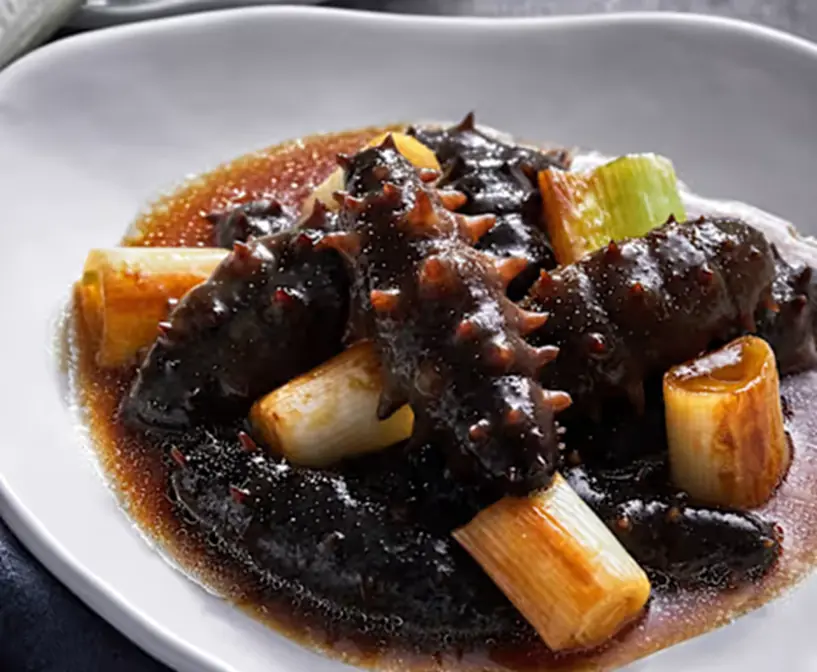
6 Types of Summer Seafood as Nutritious as Ginseng

5 Areas of the Body Turning Black May Indicate Can.cer

Do This Extra Step Before Boiling Chicken Breast for Juicy, Tender, and Not-Dry Results

A Woman Hospitalized After Eating Refrigerated Watermelon

Not for everyone: 5 groups who should be wary of bitter melon
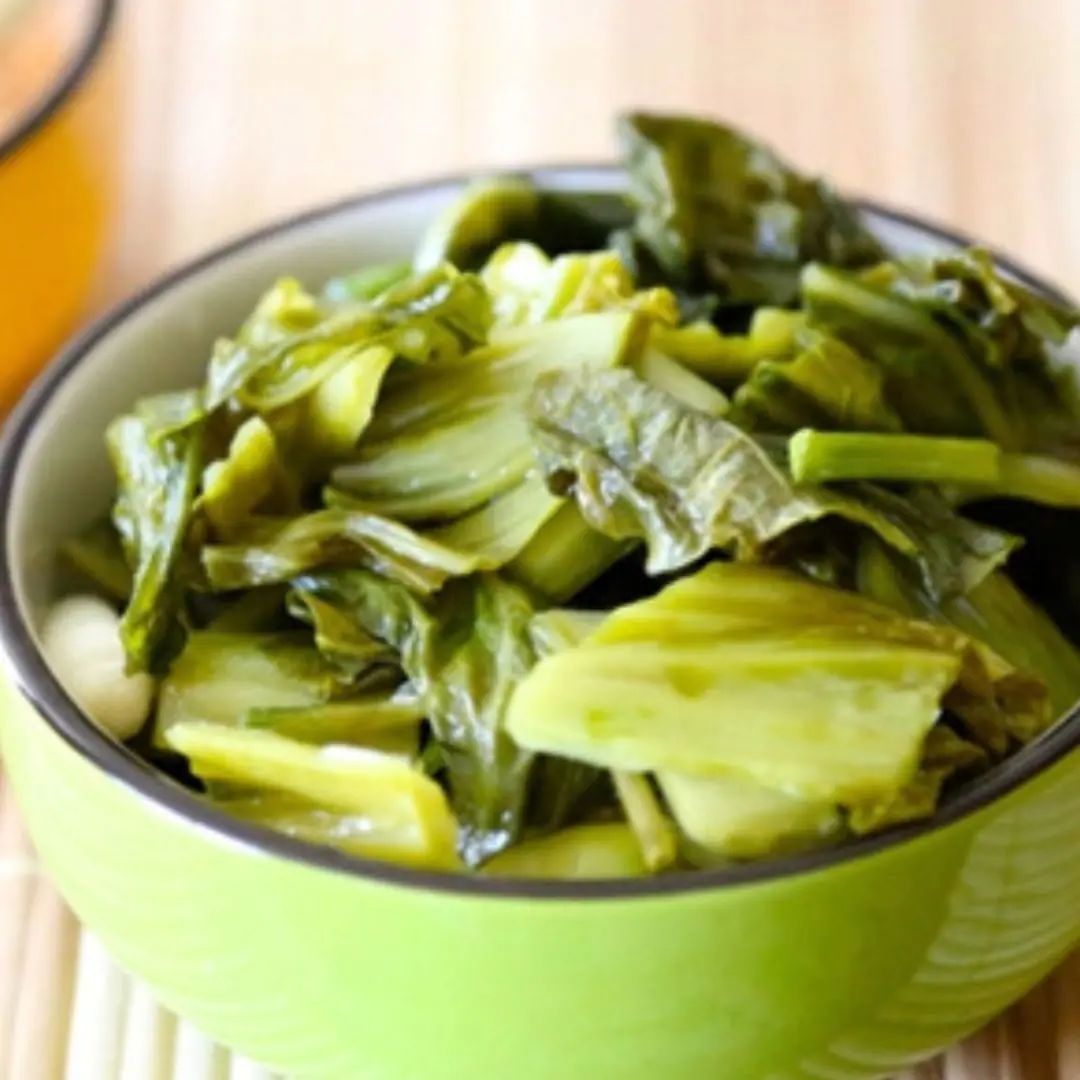
Who needs to cut back — or stay away — from pickled vegetables?
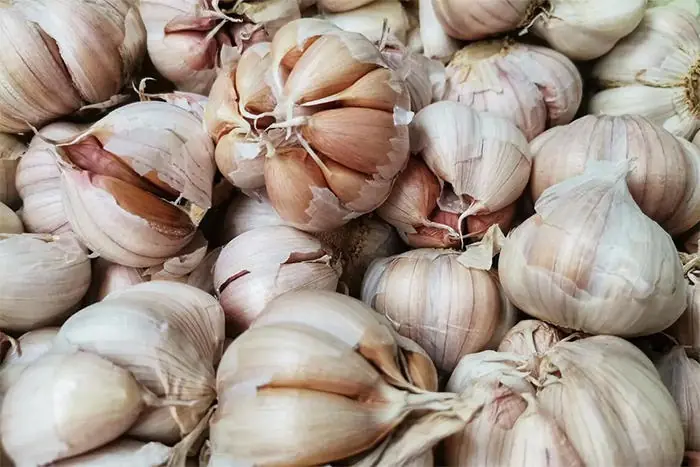
5 Types of Garlic with High To.xin Levels That Could Cost You Your Health

The Man with Blo.od ‘As Thick as Pork Fat’ Because of Something Many People Love

Visible Green Veins in 6 Areas Could Signal Hidden Diseases

Puffy eyes when waking up: 6 causes and remedies

Be careful with the phenomenon of waking up with blurred vision
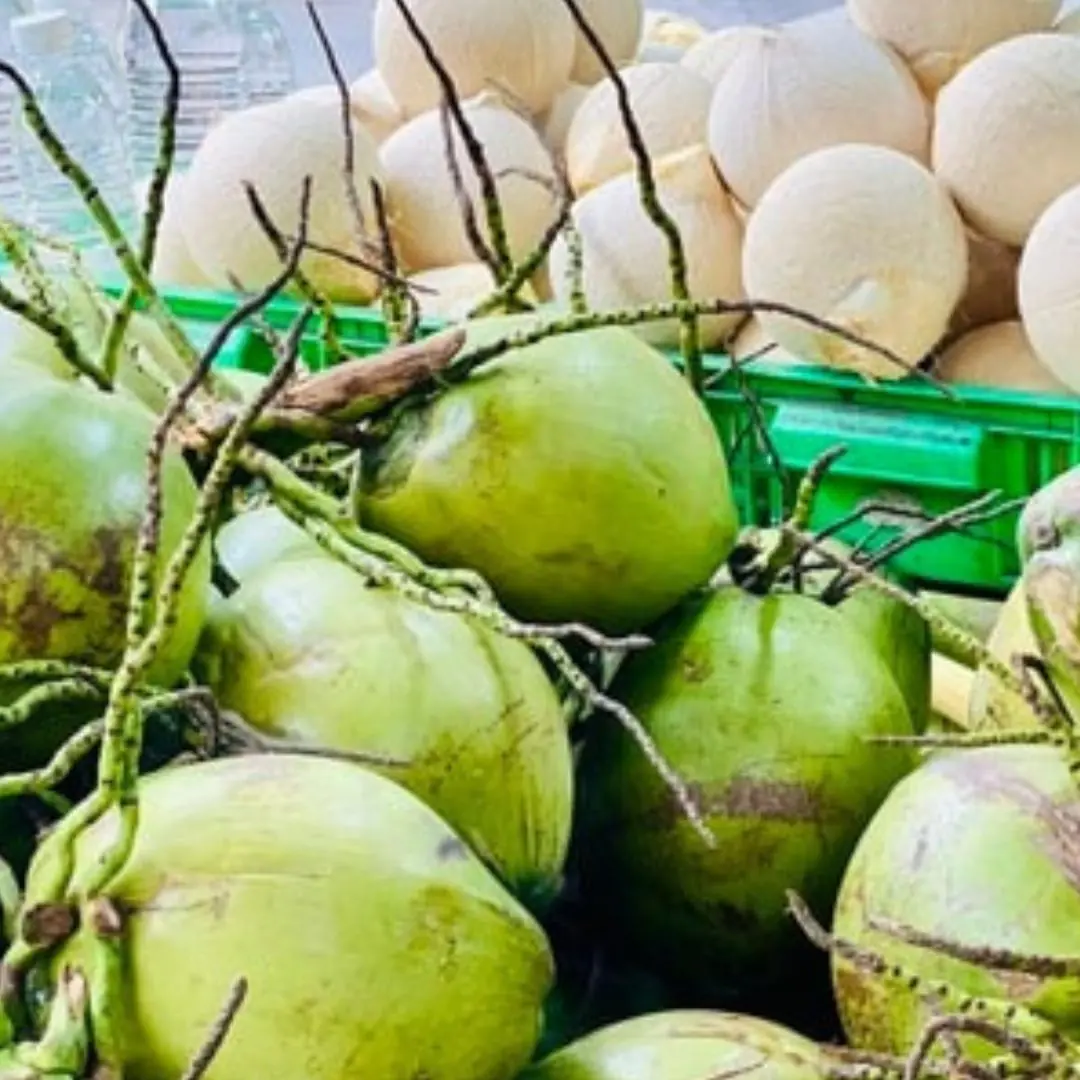
6 Nighttime Drinks That Can Ruin Your Sleep — Especially the Third One, Which Most People Drink Before Bed Without Realizing Its Hidden Dangers

American Doctor Reveals the "3 Seeds, 2 Vegetables, 1 Meat" Best
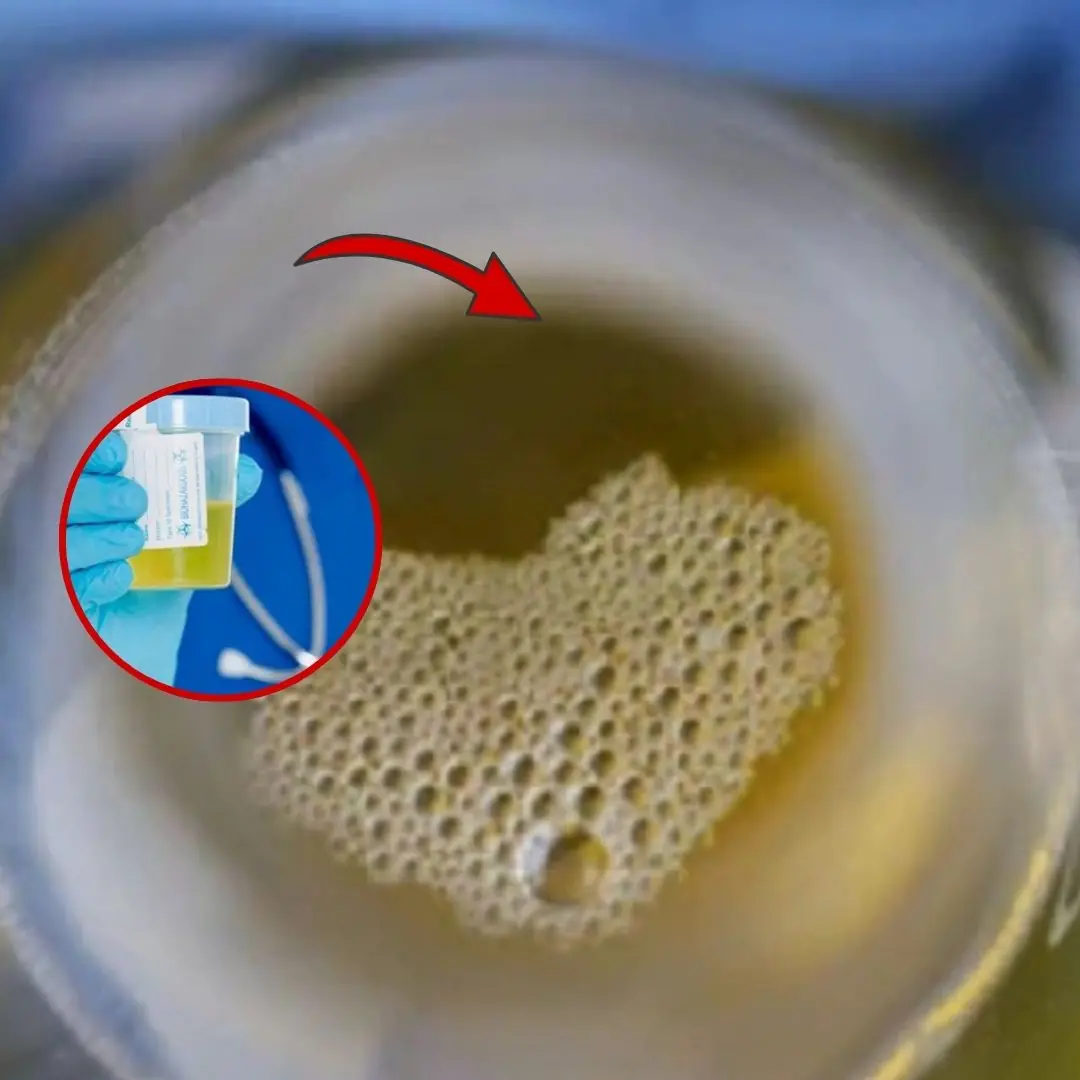
Men and women who see these 3 signs in their urine need to see a doctor for kidney failure immediately

A Woman’s Kid.ney Turned to “Stone” and Had to Be Completely Removed

In Autumn, Eat These 3 Lu.ng-Nourishing Dishes Regularly to Prevent Cough and Thr.oat Irritation
